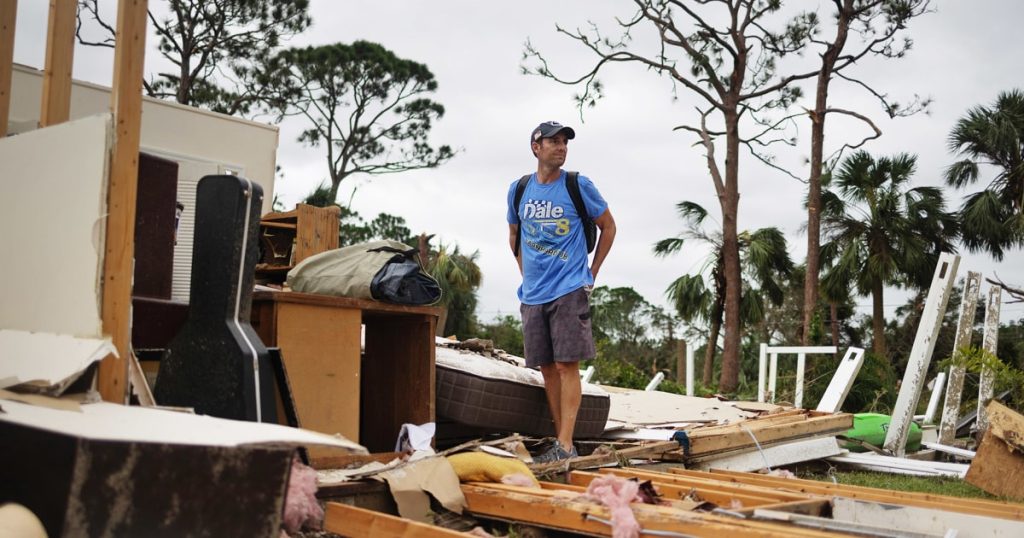The tornado outbreak caused by Hurricane Milton in Florida resulted in significant death and damage, with one of the strongest tornadoes in the state’s history hitting South Florida. This year has seen a high number of intense tornadoes linked to hurricanes, with early research suggesting that tropical cyclones could produce more tornadoes in a warmer world. The tornadoes led to multiple warnings and reports, with St. Lucie County suffering five deaths in a retirement community. The tornado outbreak has emerged as a leading cause of death and damage in a state accustomed to tropical storms but less familiar with powerful twisters.
Overall, Hurricane Milton brought chaos before making landfall, with supercell thunderstorms producing tornadoes that led to the National Weather Service issuing numerous warnings and receiving reports of tornadoes. The tornadoes caused significant damage, with one twister hitting 140 mph in Palm Beach Gardens, resulting in destroyed homes and concrete walls. This outbreak is likely to go down as one of the worst in Florida’s history during a cyclone, with the region experiencing a rare EF-3 tornado. The U.S. has seen an unusually high number of strong tornadoes linked to hurricanes this year, which is a departure from historical trends.
Early research has suggested that tropical cyclones could produce more tornadoes in a warmer world, with a study showing potential increases ranging from 56% to 299% by mid-century under current pollution rates. Climate change may have played a role in the instability that led to the high number of tornadoes during Hurricane Milton. Unusually unstable atmospheric conditions in South Florida contributed to the tornado outbreak, with experts pointing to the storm’s isolated thunderstorms and warm conditions. Hurricanes like Milton can produce tornadoes far from the storm’s center and well before landfall, underscoring the multiple threats posed by such storms.
Milton’s tornadoes were largely due to an outer storm band that ventured far from the hurricane’s center, encountering intense heating and wind shear that fueled their strength. Tornadoes in counterclockwise rotating hurricanes like Milton tend to form on the front and right sides, where the strongest winds are located. This event was unique for its concentration of tornadoes within a small area due to the hurricane’s short path across the Florida peninsula. Research is ongoing into how climate change can impact tornadoes spawned by hurricanes, with more clarity on its influence on extreme rainfall already established.
A report from the World Weather Attribution project found that Milton’s rainfall was 20-30% more intense due to climate change influences, with wind speeds likely 10% stronger. Similarly, Hurricane Helene’s rainfall was boosted by up to 50% over a three-day period due to climate change. While more research is needed to understand the exact relationship between climate change and tornadoes produced by hurricanes, the influence of global warming on extreme rain is evident. The events surrounding Hurricane Milton underscore the need for continued study and preparation for future storm systems and tornado outbreaks that may be exacerbated by a changing climate.


